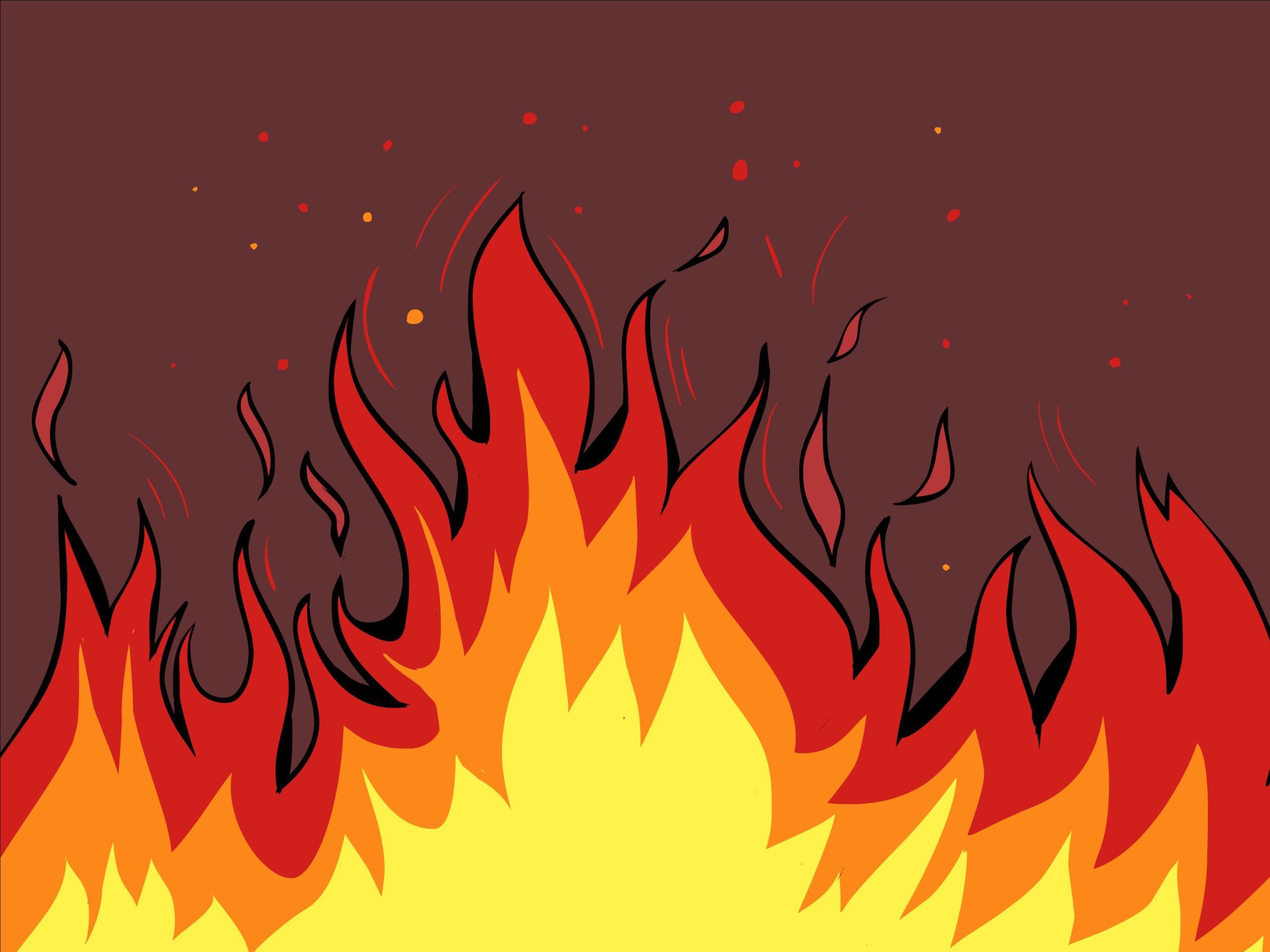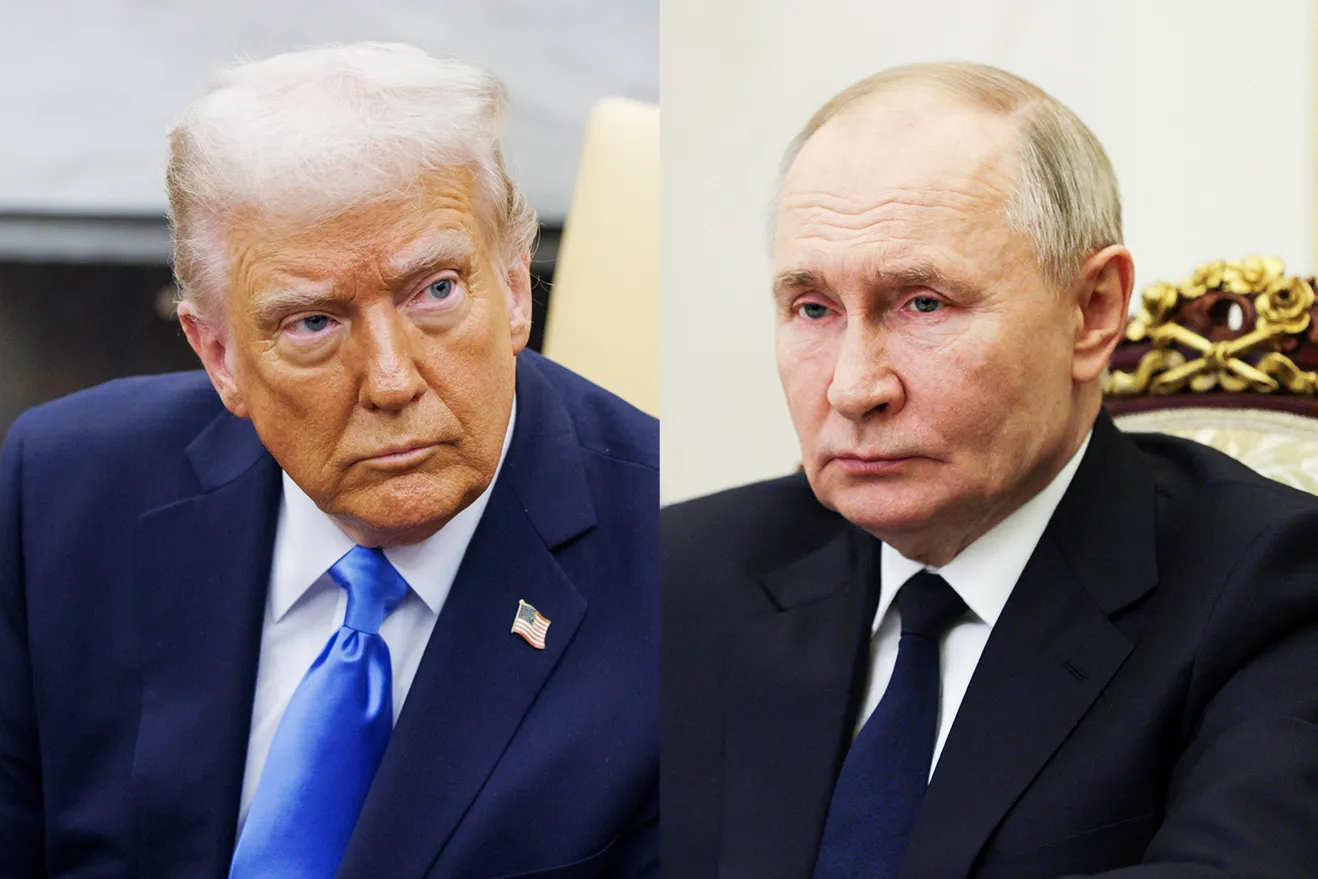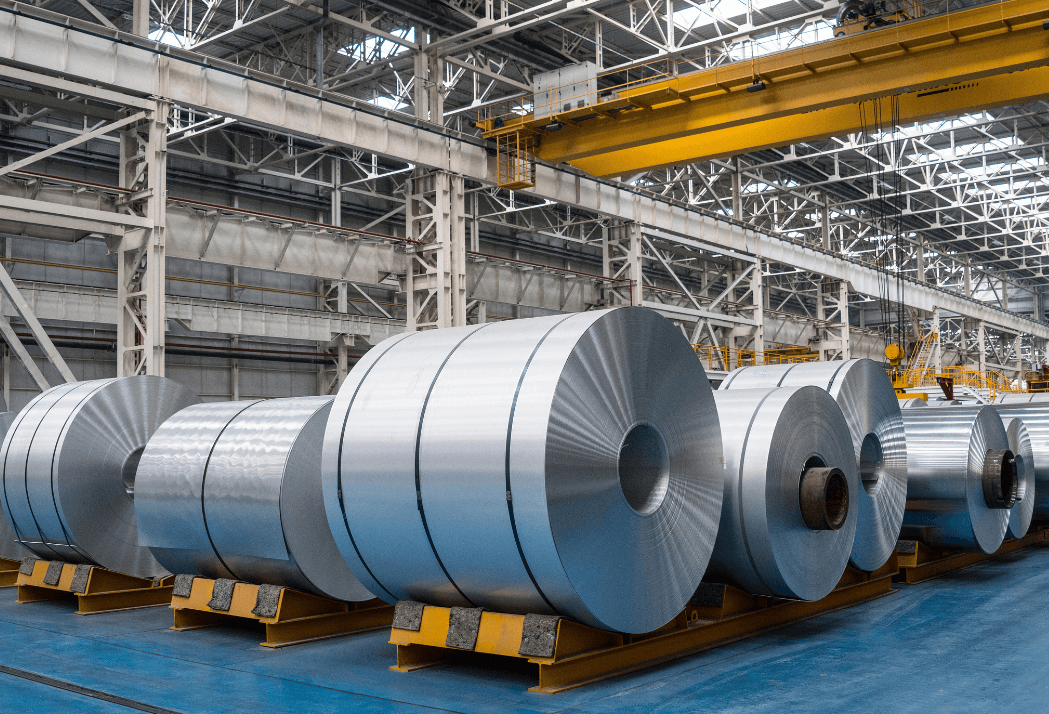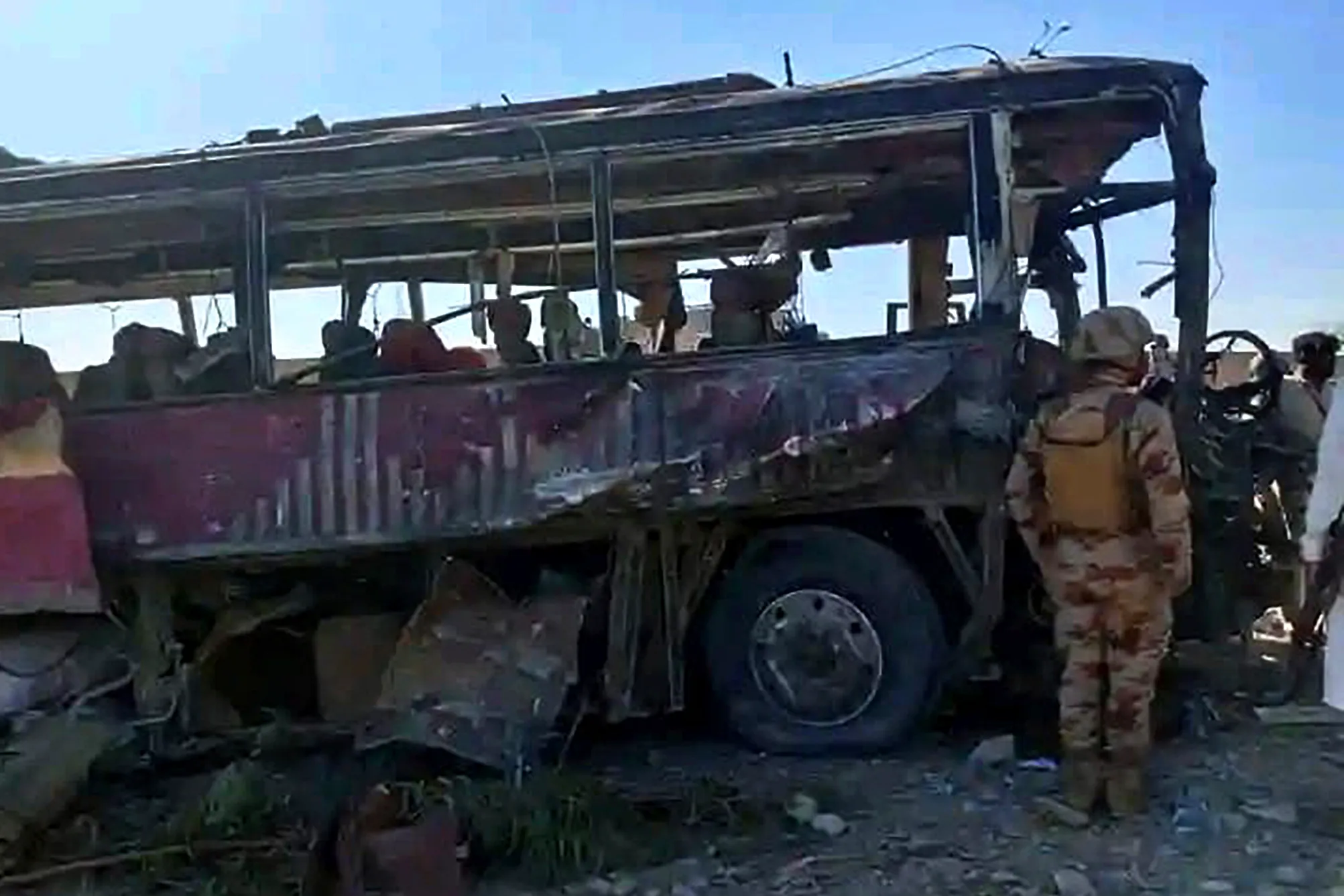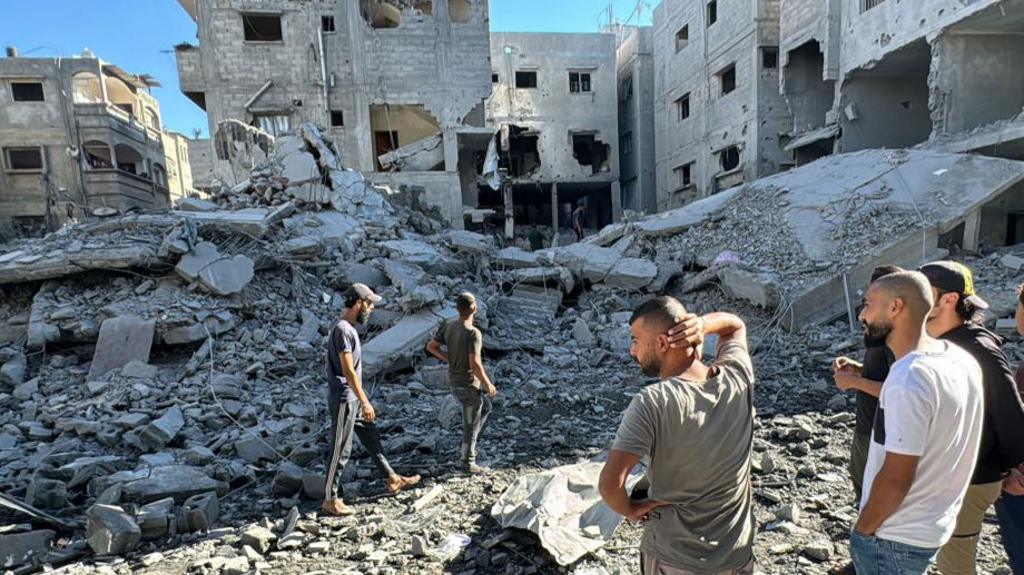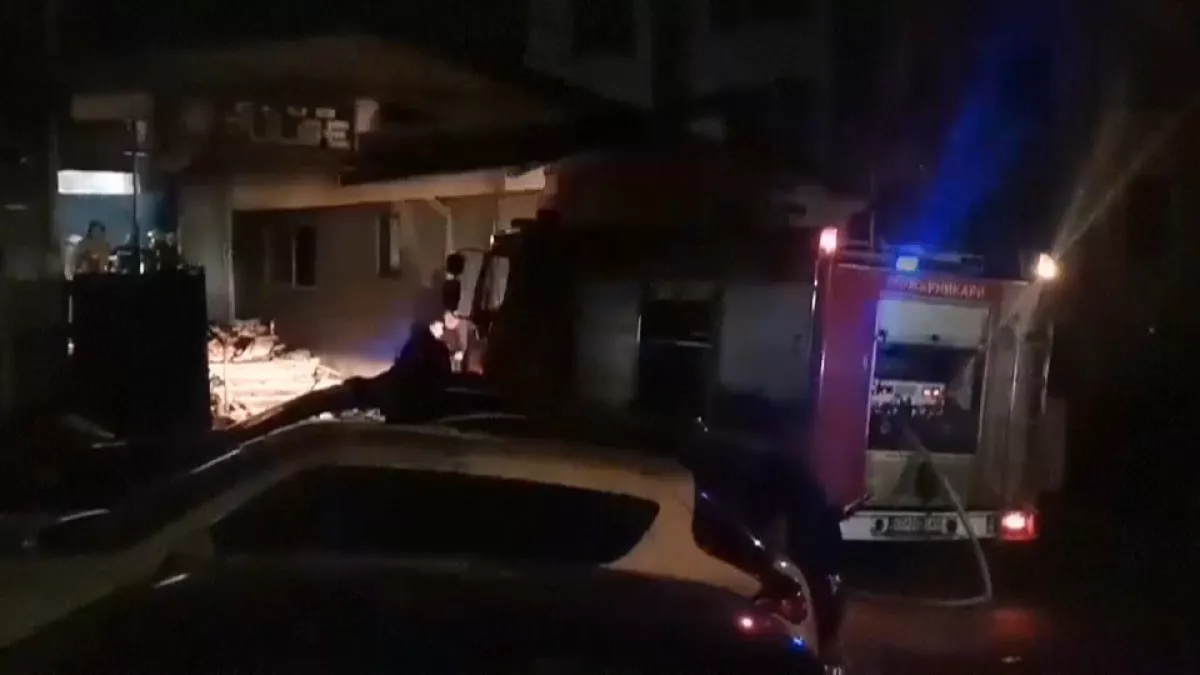Taliban’s honeymoon ends, apart from Haqqani network, now these big challenges are in front
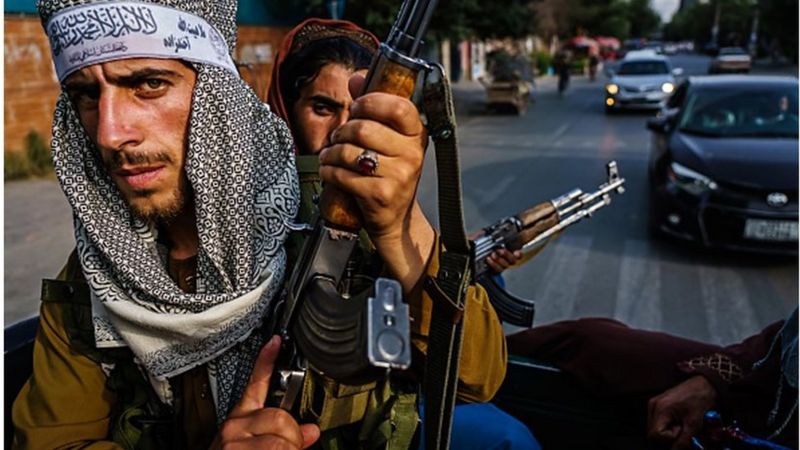
KABUL: SEPT. 20 – The Taliban achieved the goal of their violent campaign by taking control of Kabul on 15 August 2021, with the ongoing internal tussle over power and power-sharing and the deepening economic crisis, it is clear that the Taliban honeymoon is over.
The biggest challenge facing the Taliban leadership in Kandahar is how to deal with the strengthened Haqqani network and its backing foreign fighters. Half of eastern Afghanistan, including Kabul, is controlled by the Haqqani network and its allies.
Taliban leader Mullah Hibtullah Akhundzada has been missing for a long time. This has compounded the problems of the group even more. The question is also arising whether he is alive or not. This has also raised the risk of internal conflict over the Taliban.
Because of these challenges, it appears that the Taliban’s priority at this time is to maintain the unity of the organization, and because of this, the domestic and international concerns expressed about an inclusive government have been ignored by the Taliban.
Most of the ministers in the interim government announced by the Taliban are old and non-Pashtun communities have not been given much stake.
Differences in the southeast
The Taliban has gained a lot from the victory in Afghanistan and there is a tussle over its partition. But beneath the surface, there is also traditional racial and tribal conflict. The Pashtuns living in the east have emerged stronger and are taking a stand against the southern tribes.
It is estimated that 40% of the population of Afghanistan is of Pashtun ethnicity. The Pashtuns are divided into two major branches- Durrani and Gilzai. Although the number of Durrani Pashtuns is small, since 1747, this community has been in power in Afghanistan for most of the time. While Gilzai Pashtuns have remained away from power for most of the time. They live in tribes and don’t have many assets.
The Haqqani leader, Gilzai, is a Pashtun and his network is part of the Taliban. But the Haqqani network within the Taliban enjoys considerable operational and financial autonomy and operates in its own way.
The Haqqani network is also close to foreign extremist groups and the non-Pashtun Taliban in northern Afghanistan. Apart from this, the Haqqani network also has close links with the Pakistani intelligence agency ISAI. Ideologically, the Haqqani network is closer to al-Qaeda and the Khorasan branch of the Islamic State.
Former President Ashraf Ghani and three leftist presidents apart from him were from the Gilzai branch of Pashtuns. Some Afghans suspect that Ghani allowed Kabul to fall into the hands of the Haqqani network.
Southern extremists hold on to leadership
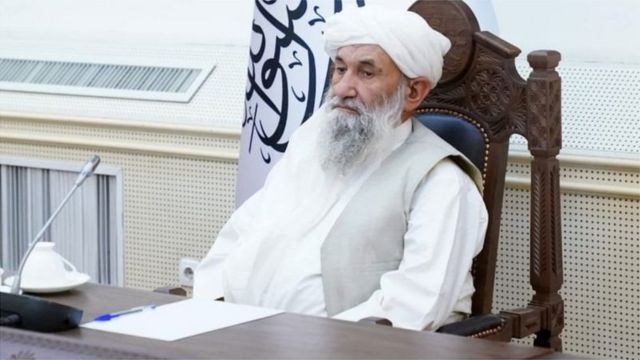
Most of the senior Taliban leadership positions are held by Pashtuns from Kandahar (and surrounding areas) in the south. While Sirajuddin Haqqani is one of the three deputies of the Emir of the Taliban. After the announcement of Mullah Omar’s death in 2015, southern Taliban leaders were at loggerheads over the successor. But Mullah Akhtar Mansoor, who became the leader after Umar, had also kept Sirajuddin Haqqani in his three deputies. Haqqani hails from the Greater Paktia region of eastern Afghanistan.
The Supreme Leader of the Taliban, Mullah Hibtullah Akhundzada, Prime Minister Mullah Mohammad Hassan Akhund and Deputy Prime Minister Mullah Abdul Ghani Baradar and former President Hamid Karzai Durrani are Pashtuns. Mullah Mansoor Akhtar, who was the leader of the Taliban before Hibatullah, was also a Durrani.
Although the founder of the Taliban, Mullah Omar Gilzai, was of Pashtun origin, he was seen only as a link to the southern Pashtuns. Mulla Umar was born in Kandahar and mixed with the Pashtuns here. His son Mullah Yaqub is defense minister in the Taliban government and is believed to be close to the leaders of the Taliban’s southern bloc.
The new Taliban government may have included big Taliban leaders, but two major Taliban commanders from the south have been kept out of the government. These are Mulla Qayyum Zakir and Mulla Ibrahim Sadr. It is not yet clear what will be the next step of these leaders.
Haqqani is showing strength
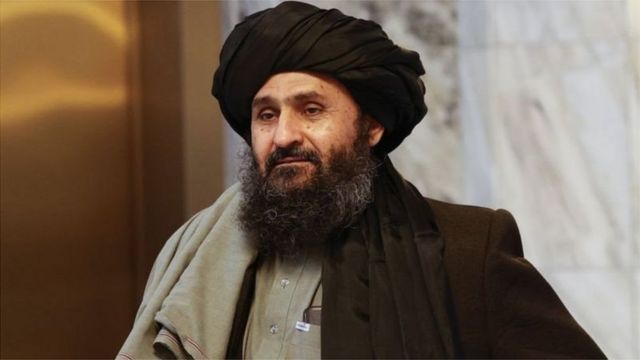
A few days after Afghanistan took control of Kabul, social media speculated about a violent clash between Mullah Baradar and the Haqqani faction at Rashtrapati Bhavan over government formation.
According to reports, Mullah Baradar wanted an inclusive government and had also opposed the Taliban’s attack on Panjshir. The Panjshir Valley had been peaceful for decades, but after the occupation of Afghanistan, the Taliban launched a major attack here.
It was believed that Baradar, who was leading the talks from the Taliban side in Doha, Qatar, with the US and the Afghan side, would be the head of the Taliban government. But now in the government that has been formed, it seems that their stature has been reduced.
Several reports have claimed that Baradar has left Kabul and it is not known where he is now. Baradar appeared in a brief video released on 15 September. Baradar was reading a statement from a paper. He denied any differences but did not even say where he is now.
Some reports have claimed that the heavy air firing in Kabul on the evening of September 3 was actually a show of strength by the Haqqani network and that they were showing their might to the southern Taliban. Dozens of people were killed and injured in the rain of bullets.
Suspicion over the absence of Supreme Leader
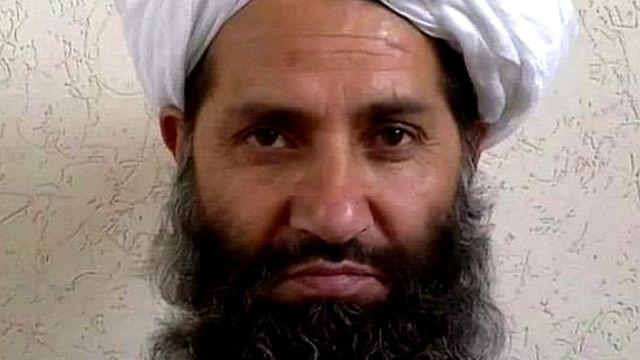
The Supreme Leader of the Taliban, Mullah Akhundzada, has not been seen for a long time and questions are also being raised about him. Not only the common people but now the Taliban commanders are also speculating about him.
Some reports claim that he has died due to Kovid 19. Other reports say that he was killed in a blast in Pakistan a few years ago.
In an environment like the differences between the Taliban and the uncertainty surrounding the country, it is not easy for Akhundzada to stay alive and out of the public eye.
A Tolo News report last month said that people in Kandahar and Taliban officials are apprehensive about the way Mullah Hibtollah Akhundzada has not appeared in public for so long.
However, in a report, it has also been said that he has reached Kandahar and will come out soon. Tolo News also included in its report the apprehension that Akhundzada might not be alive.
After the death of Mullah Omar, the conflict over the leadership of the Taliban, after the death of Mullah Hibtollah, could lead to a more fierce struggle for leadership within the Taliban.
Taliban honeymoon is over

The economic crisis in the country is deepening after Western countries left Afghanistan, foreign aid was cut and internal differences emerged. Now the Taliban is not only facing the challenge of gaining international recognition, but it is also facing difficulties in gaining acceptance in the country.
The Taliban announced an interim government on 7 September but did not say how long this arrangement would last. What will be the role of Supreme Leader, Leadership Council and Ulema Parishad has also not been clarified. How the Taliban will deal with the extremist organization Islamic State Khorasan has also not been made clear.
Michael Semple, an analyst closely monitoring Afghanistan’s affairs and who has worked in Afghanistan for decades, recently told the BBC Persian Service that among the many problems facing the Taliban, the infighting over the Taliban’s capture of power. There is also the one who has made him fall in the eyes of the Afghan people.
Michael says that the Taliban’s honeymoon is over and now they have to face challenges.



